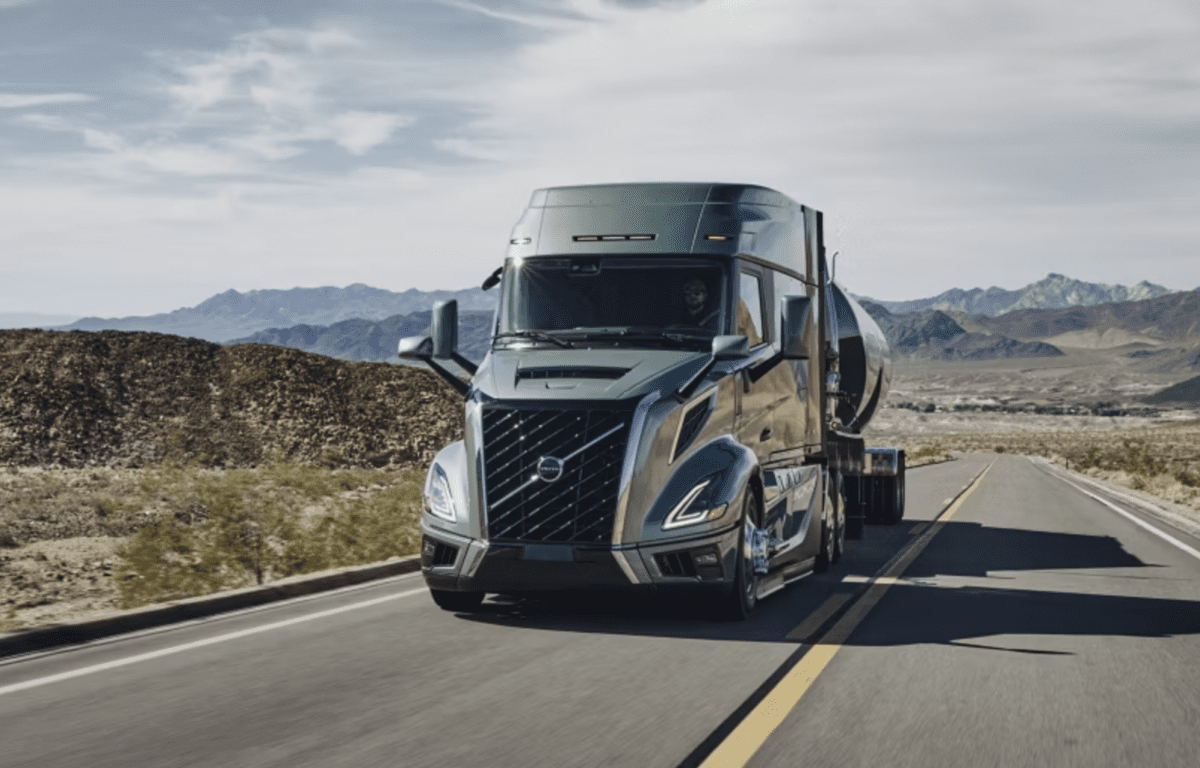In the space of a week in early June GM announced about US$1.7bn of investment in three plants to build the next generation internal combustion engine (ICE)-powered full size SUVs and pick-ups. US$1bn will go into the Flint Assembly and Flint Metal Centre (featuring an expanded body shop, new tooling and improved conveyors throughout the assembly process); US$500m will be allocated to the assembly plant in Arlington in Texas; and US$200m will be spent at the once-doomed Oshawa plant in Ontario.
The company may well have ambitious plans in electric vehicles (EVs), but at the moment, this is mainly in smaller vehicle segments, whether conventional cars, crossovers and compact SUVs. However, in the full-size vehicle segment, in which GM has a range of segment-leading models—Escalade, Suburban, Tahoe and Yukon SUVs, Silverado and Sierra pick-ups—it is clear that ICE power will remain the company’s preferred route. President Biden’s Inflation Reduction Act has certainly accelerated investment in battery production and associated supply chains across North America, with much more to follow, but this investment is currently focused on smaller vehicles; the behemoths of the full-size SUV and pick-up segments seem destined to retain their large gasolineunits for several years to come.
In the full-size vehicle segment, in which GM has a range of segment-leading models…it is clear that ICE power will remain the company’s preferred route
This is of course good news for the workforces at the relevant factories and their supply chains, but these investments will not help GM specifically—nor the US—reduce their emissions and non-green manufacturing footprint as quickly as they might like. In many ways, disappointing though this may be, it should not have come as a surprise. Back in February, GM’s Chief Executive, Mary Barra, had said that the company was still some way from getting its battery costs down to a level which would make EVs anywhere near as profitable as their gasoline-powered counterparts. And given the scale of these new investment commitments, and the product life lengths of the new models (at least six or seven years, but most likely twice that as vehicle companies like to get two model cycles out of a new vehicle platform and major investments such as these), GM will remain committed to ICE-powered vehicles in the full-size vehicle segments well into the 2030s.
Hopefully GM will have found a way to lower battery costs so that its full-size trucks can deploy them profitably but this should not be assumed; the company has said it wants to be fully electric by 2035 and it may well achieve this target but while it works towards that goal, it will need modern ICE powerplants for its most profitable vehicles, profits which will moreover fund the ICE powerplants’ eventual demise.

All these investments were moreover presaged by the announcement in January 2023 that GM would invest nearly US$800m in V8 engine and associated components production. Like the US$1bn investment in vehicle assembly in Flint, the January investment in engine production also centres on Flint, long the heart of GM’s manufacturing operations. Additional, smaller investments in Rochester, New York and Defiance, Ohio brought the total investment in gasoline engine and associated engine production to nearly US$920m.
Unions and local government official have all welcomed these investments. The switch to EVs will lead to a major dislocation and realignment of vehicle production footprints and associated supply chains, so anything which retains and indeed expands existing operations will be welcomed for the short-term relief which may well secure these plants’ long-term future as well. Nowhere is this more evident than at the Oshawa plant in Canada. Not long ago, Oshawa was slated for permanent closure but now, having been shuttered from late 2019 until November 2021, it will soon be running on a three-shift schedule making both the light- and heavy-duty Silverados on the same line; this is the only factory within GM’s network which makes light- and heavy-duty vehicles on the same line, a flexibility which may well stand the plant in good stead in the future.
The move to EVs is seemingly unstoppable—although Toyota may well succeed with its own hydrogen efforts, both fuel cells and applying hydrogen to ICE powerplants—but in North America, the switch in the larger truck segments will be later and slower than in the smaller vehicle segments. In the land of still cheap oil, and in the absence of strictures such as Euro 7, the market for GM’s behemoths will remain strong for the next decade, and possibly longer. Don’t write off ICEs just yet.
The opinions expressed here are those of the author and do not necessarily reflect the positions of Automotive World Ltd.
Ian Henry is Director at industry consultancy AutoAnalysis,
The Automotive World Comment column is open to automotive industry decision makers and influencers. If you would like to contribute a Comment article, please contact editorial@automotiveworld.com




